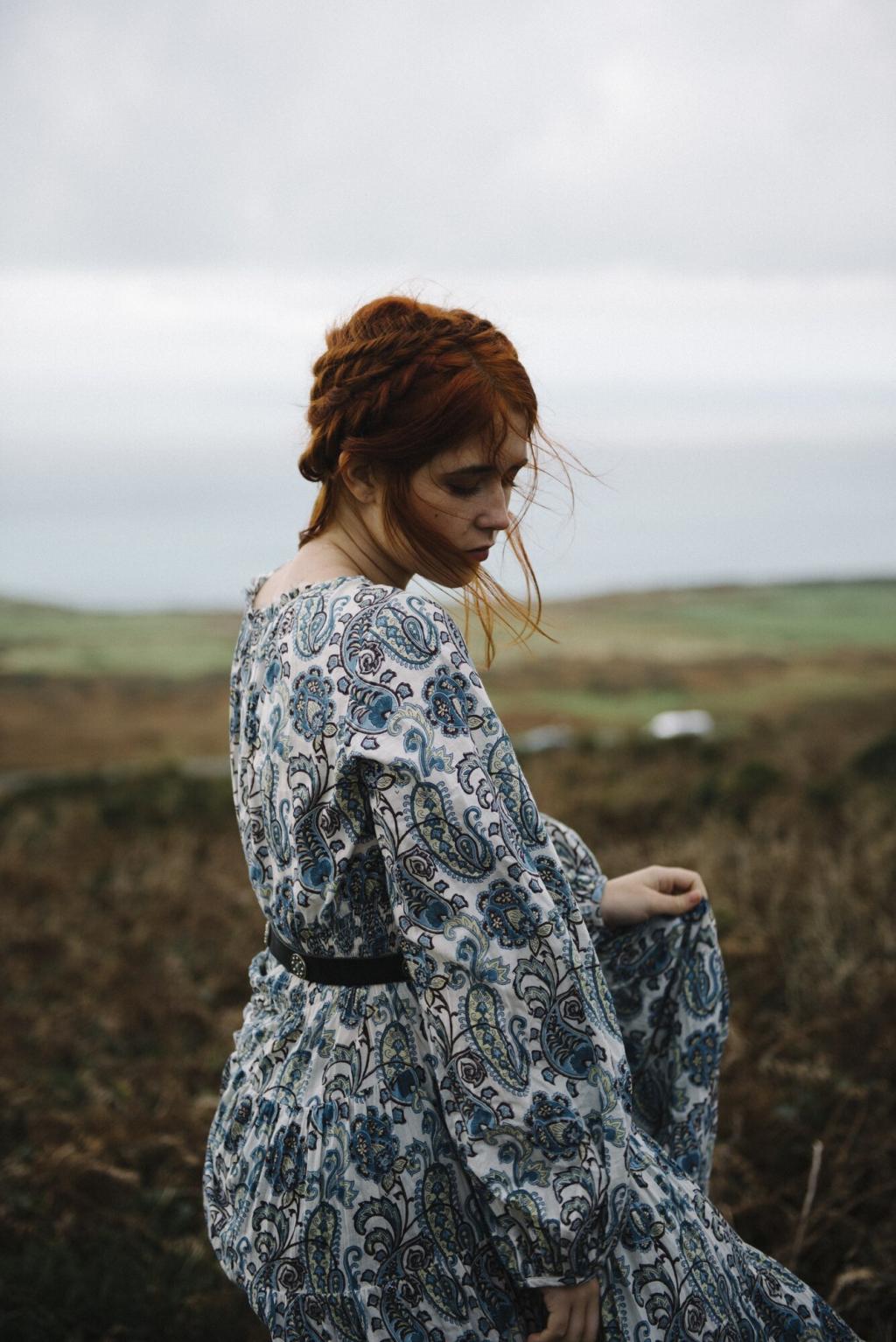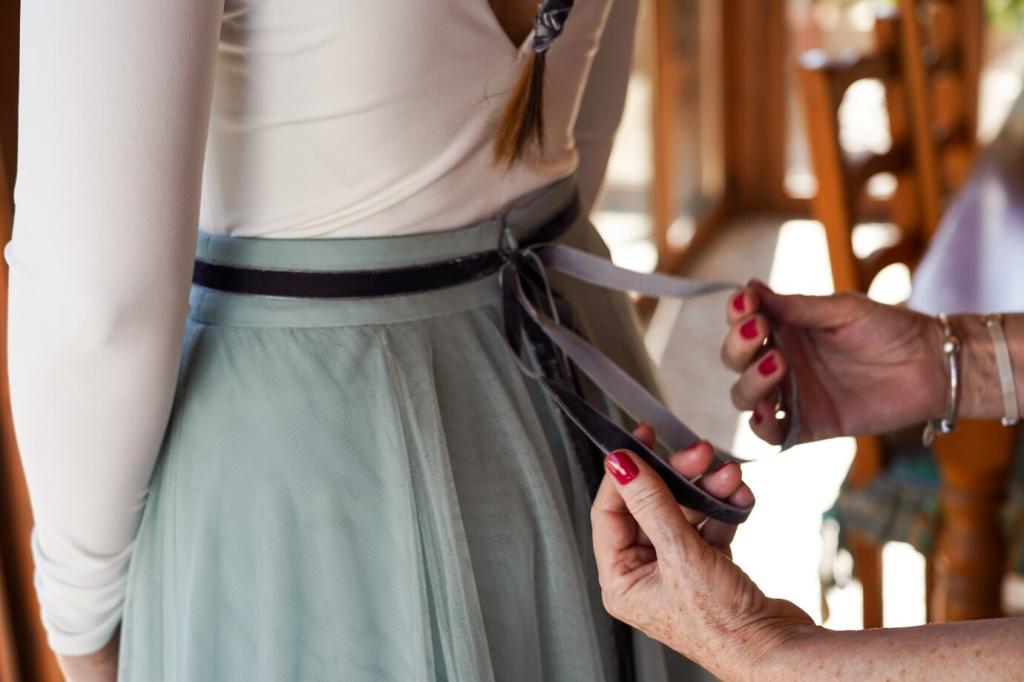Sustainable Vegan Leather Options for Fashion Designers
Vegan leather has rapidly evolved from a niche material into a leading choice for forward-thinking fashion designers seeking to create stylish, ethical, and environmentally responsible collections. As consumer demand for animal-free alternatives intensifies, the industry has innovated a wide array of vegan leather options that emulate the look, feel, and durability of traditional leather without the environmental and ethical drawbacks. This guide will illuminate the most promising sustainable vegan leathers, their technological advancements, and practical insights to empower fashion designers to make informed, eco-conscious choices in their creative work.
The Rise of Vegan Leather in Fashion
Environmental Concerns
Traditional leather production is resource-intensive, involving heavy chemical usage, substantial water consumption, and significant greenhouse gas emissions. These pressing environmental concerns have prompted designers and brands to explore eco-friendly vegan leather alternatives. As awareness grows, the adoption of sustainable materials becomes an ethical imperative, aligning fashion with broader global sustainability goals and helping shape a more responsible industry ethos.
Consumer Demand and Market Shift
Today’s shoppers are more informed and values-driven than ever before. The escalating demand for cruelty-free and sustainable fashion has led designers to prioritize vegan leather in both high-end and mainstream markets. Responding to these preferences not only broadens a brand’s appeal but also aligns it with a progressive and environmentally conscious clientele, providing a strong competitive advantage in a shifting marketplace.
Innovation Beyond Imitation
Early generations of vegan leather endeavored simply to mimic animal hides, but today’s innovators have reimagined what vegan leather can be. Novel materials crafted from plants and recycled resources offer unique properties and aesthetics that surpass imitation. This shift encourages designers to embrace originality, fostering new forms, textures, and finishes that celebrate the dynamic possibilities of sustainable design.
Plant-Based Leather Alternatives

Piñatex is crafted from the fibers of pineapple leaves, a byproduct of pineapple harvesting that would otherwise be discarded. Through an innovative process, these fibers are transformed into a soft, robust material with a distinctive texture. Piñatex is prized by designers for its versatility, serving as an ethical leather alternative suitable for bags, shoes, garments, and accessories. Its production supports rural farming communities and exemplifies a circular approach to materials.
Recycled and Upcycled Vegan Leathers
Recycled PET leather is produced from plastic bottles gathered from municipal recycling streams. Through advanced processing, the waste plastic is turned into a versatile fabric with properties resembling traditional leather. This material reduces reliance on virgin plastics and keeps significant amounts of plastic waste out of the environment. Fashion designers appreciate its performance characteristics—it is lightweight, durable, and comes in a variety of finishes—making it suitable for footwear, bags, and outerwear.
Mycelium leather is composed of the root structures of mushrooms, cultivated under precise conditions to form a dense, leather-like sheet. It offers stunning versatility in thickness, texture, and appearance. This material is fully biodegradable and requires significantly fewer resources than both animal leather and synthetic alternatives. Designers are drawn to mycelium leather’s organic forms, luxurious feel, and potential to embody radical sustainability through biological design principles.

Performance and Aesthetics of Vegan Leathers
While earlier vegan leathers often suffered from issues such as cracking or peeling, new sustainable alternatives are designed to withstand daily wear and environmental challenges. Many plant-based and biotech leathers offer comparable, or even superior, resistance to abrasion, moisture, and sunlight. This ensures that garments and accessories can maintain their appearance and integrity over time, reinforcing consumer trust and satisfaction.

Certifications and Ethical Considerations
01
Environmental Certifications
Leading vegan leather products may carry certifications such as Global Recycled Standard (GRS), Oeko-Tex, or USDA Biobased, which attest to the material’s recycled content, absence of hazardous chemicals, or renewable sourcing. Designers should seek these indicators when selecting materials, as certified options bolster the credibility of a sustainable fashion narrative and encourage responsible industry practices.
02
Social Responsibility
True sustainability in fashion also considers social impact. Designers should favor vegan leathers sourced from suppliers who ensure fair labor practices, worker safety, and community development. Materials that support local farming communities or provide employment in underserved regions add meaningful value to finished products, aligning fashion with broader positive change beyond environmental metrics.
03
Transparency and Traceability
Given the expanding market for vegan and sustainable materials, transparency has become critical. Designers are increasingly collaborating with suppliers who provide detailed information about sourcing, processing, and end-of-life considerations. Full traceability throughout the supply chain not only helps brands avoid unintentional environmental or ethical pitfalls but also strengthens a brand’s commitment to honest, authentic storytelling.
Design with Material Limitations in Mind
Every vegan leather variant comes with specific strengths and constraints. Plant-based leathers, for example, may perform differently with certain stitching or adhesives compared to synthetic options. Designers should collaborate early with manufacturers to understand these characteristics and tailor patterns, finishes, and techniques to ensure optimal results and longevity.
Sourcing Responsibly
An essential step for designers is to partner with reputable suppliers who are committed to sustainability. This includes asking detailed questions about material composition, production processes, and supply chain ethics. Building long-term relationships with transparent, innovative vendors can streamline the design process and provide access to the most cutting-edge and authentic vegan leather options available.
Educating Consumers
Fashion designers play a critical role in shaping how end-customers understand and appreciate vegan leather. Through clear labeling, compelling storytelling, and transparent communication, designers can highlight the journey and impact of the materials they choose. This not only builds consumer trust but also fosters a deeper sense of connection and responsibility between wearer and maker.
